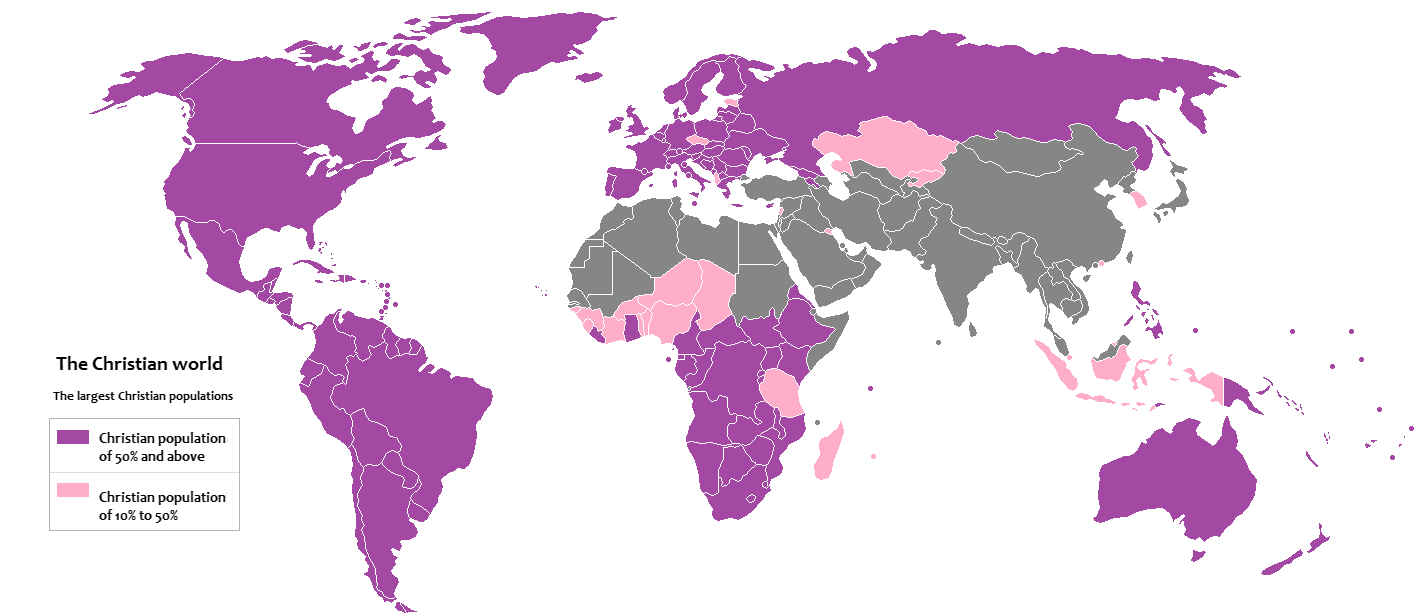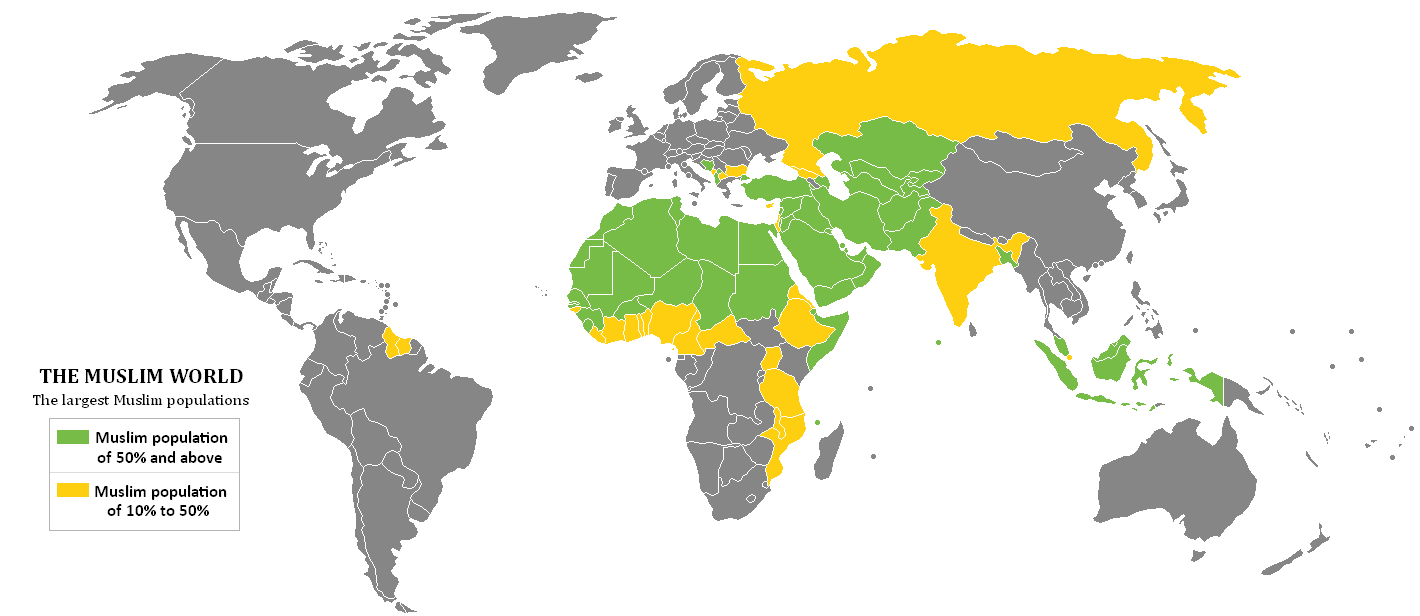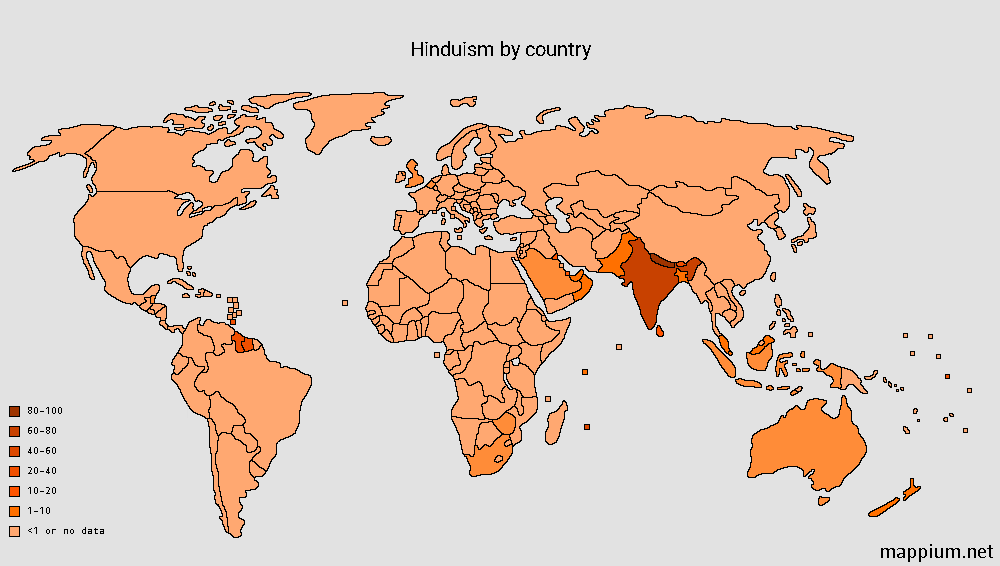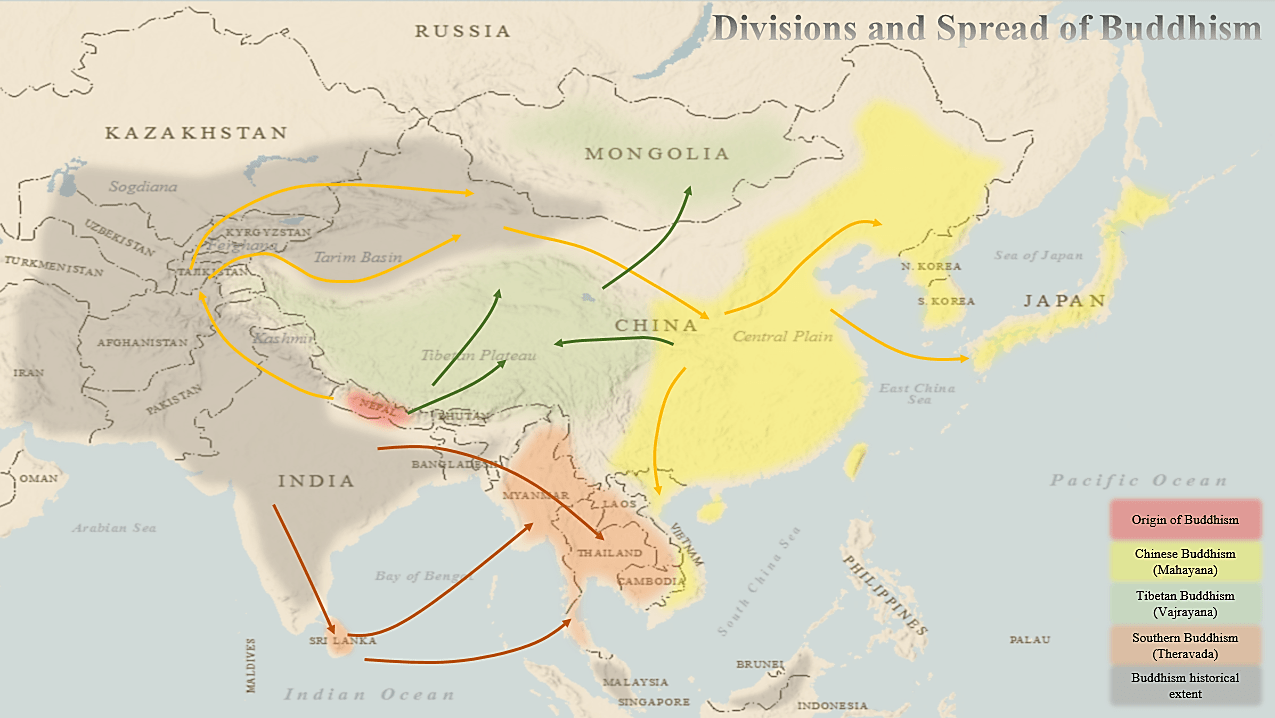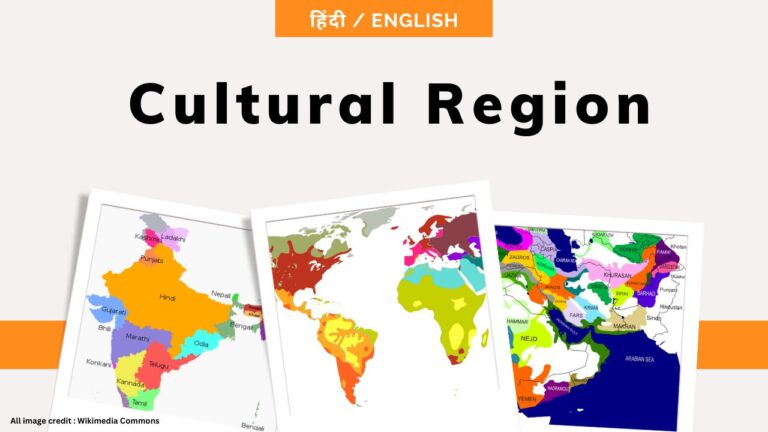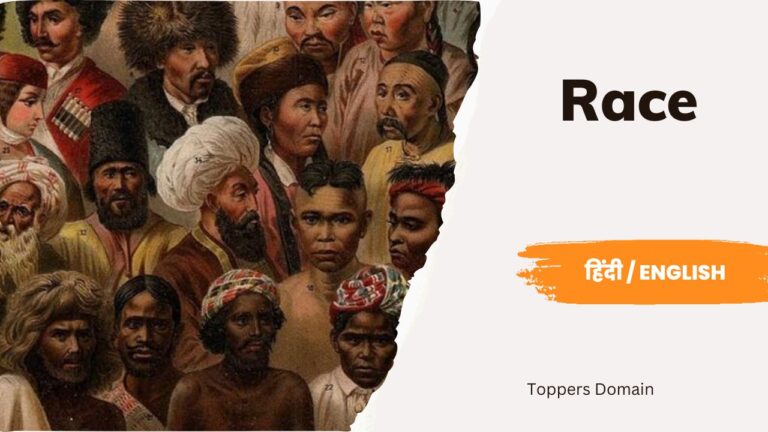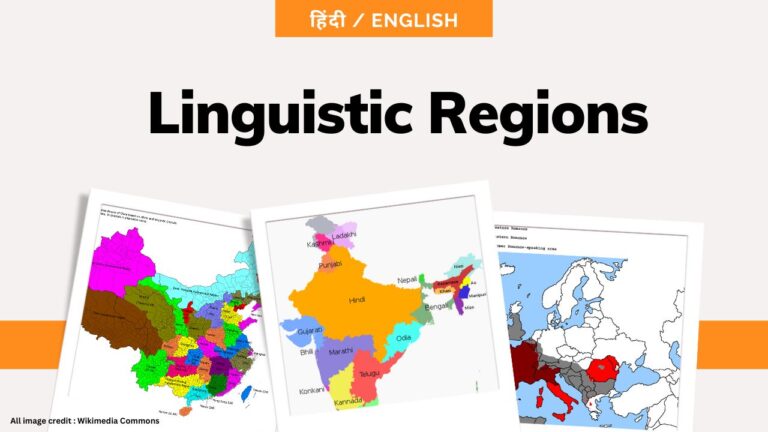Religious Regions
Human Geography
Index
Religious Regions of the World
Religion is a fundamental aspect of human culture. It has been present throughout history of mankind. Religion has been a significant force in shaping the culture and identity of regions and countries around the world.
There are various religions globally, and the world can be broadly divided into various religious regions.
Christianity
Christianity is the largest religion globally, with around 2.4 billion followers, making up around 31% of the world's population. It originated in the Middle East and spread throughout the Roman Empire in the first century.
The religion is based on the life and teachings of Jesus Christ. The primary religious text in Christianity is the Bible. Christianity is divided into three major branches: Catholicism, Protestantism and Orthodoxy. Catholicism is the largest denomination within Christianity and it is concentrated in Europe, South and Central America and the Philippines. Protestantism is the second-largest denomination within Christianity and it is prevalent in North America and Europe. Orthodoxy is predominant in Eastern Europe and Russia.
Islam
Islam is the second-largest religion globally, with over 1.8 billion followers, making up around 24% of the world's population. It originated in the Arabian Peninsula in the seventh century and spread throughout the Middle East, North Africa and parts of Asia. Today, Islam is prevalent in the Middle East, North Africa, Central Asia and Indonesia.
The religion is based on the teachings of the prophet Muhammad. The primary religious text of Islam is the Quran. The religion is divided into two major branches, Sunni and Shia. Sunni Muslims constitutes the majority of Muslims worldwide, while Shia Muslims are concentrated in Iran, Iraq and parts of Lebanon.
Hinduism
Hinduism is the third-largest religion globally, with over 1.2 billion followers, making up around 15% of the world's population. The religion is one of the oldest in the world. It originated in the Indian subcontinent and has a significant influence on the cultural and social fabric of the region. It is dominant in India and Nepal and it is also practiced in other parts of Southeast Asia
It is unique in this respect that it does not have a single founder or religious text. Instead, it is a collection of beliefs, practices and traditions that have evolved over thousands of years.
Buddhism
Buddhism is the fourth-largest religion globally, with around 535 million followers, making up around 7% of the world's population. It has followers worldwide. It is dominant in Southeast Asia (China, Korea and Japan), East Asia and parts of South Asia.
Buddhism originated in ancient India. The religion is based on the teachings of Siddhartha Gautama. There are various branches of Buddhism, including Theravada, Mahayana and Vajrayana.
Theravada Buddhism is prevalent in Southeast Asia, while Mahayana Buddhism is prevalent in China, Korea and Japan. Vajrayana Buddhism is prevalent in Tibet, Bhutan and Mongolia.
Sikhism
Sikhism is a monotheistic religion that originated in the Punjab region of India in the 15th century. It has over 30 million followers worldwide, and it is the fifth-largest organized religion in the world. Sikhs believe in one God and the teachings of their ten gurus.
Judaism
Judaism is the sixth-largest religion globally, with around 14 million followers, making up less than 0.2% of the world's population. It originated in the Middle East. Judaism is prevalent in Israel and the Jewish diaspora around the world including North America and parts of Europe.
Judaism is one of the oldest Abrahamic religions. The religion is based on the belief in one God and the teachings of the Torah, which is the primary religious text of Judaism.
Confucianism
Confucianism is a philosophy and ethical system that originated in China in the 5th century BC. It is based on the teachings of the Chinese philosopher Confucius. Confucianism has had a significant impact on Chinese culture and society, and it is still practiced in China and other parts of East Asia.
Taoism
Taoism is a Chinese philosophy and religion that emphasizes living in harmony with the Tao, or the natural order of the universe. It has over 20 million followers worldwide and it is dominant in China and other parts of East Asia.
Conclusion :
In conclusion, these religions have shaped the beliefs, values and practices among millions of people worldwide. Each of these religions has define their followers' way of life. They have influenced the development of cultures and societies and have had a significant impact on human history.
Share
Other Topics
Unit - II


